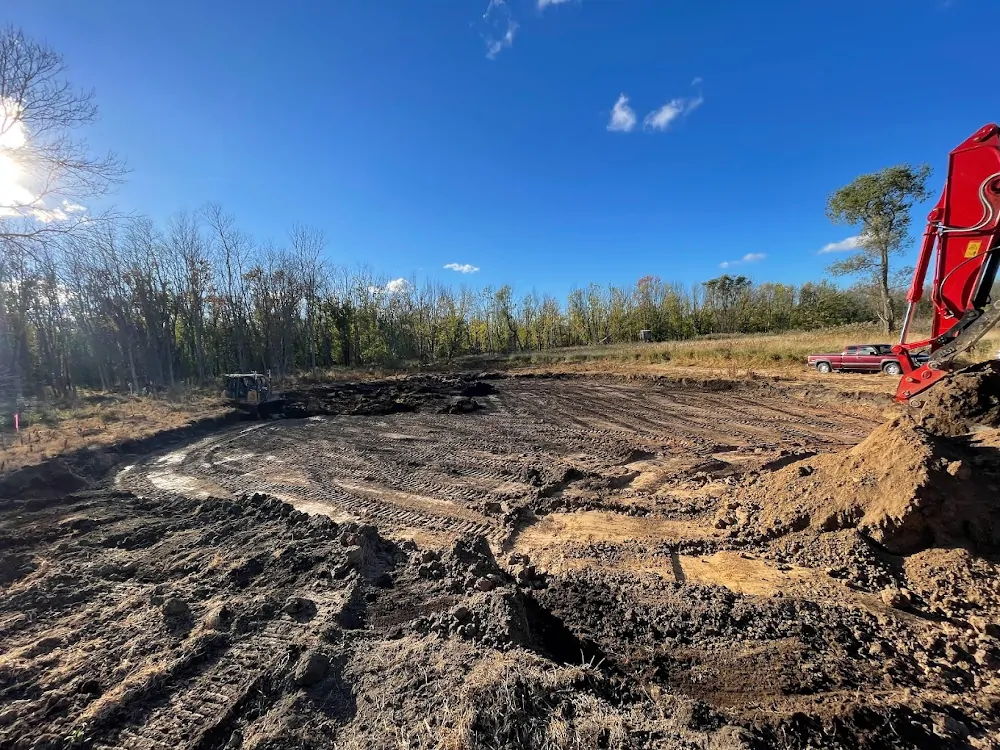Scrapes are shallow ponds of less than 4 foot depth which hold rain or flood water seasonally, and remain damp for much of the year. They are shallow depressions with gently sloping edges which create ovious water features in fields. They can make a significant difference to wildlife and can be created in areas of damp or floodplain grassland, or set aside land. A water scrape on your land can provide invaluable food and refuges for a wide range of wetland wildlife.
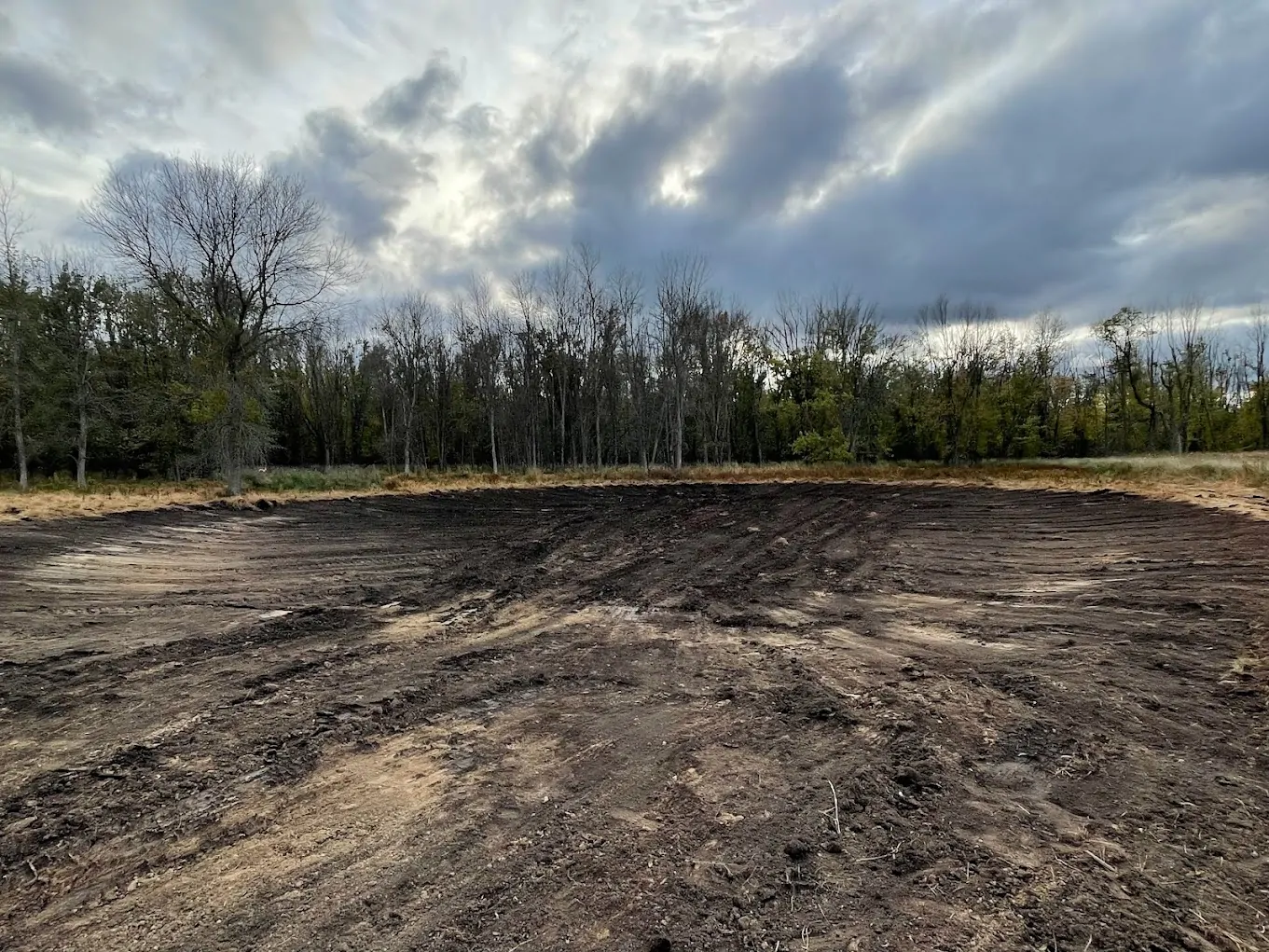
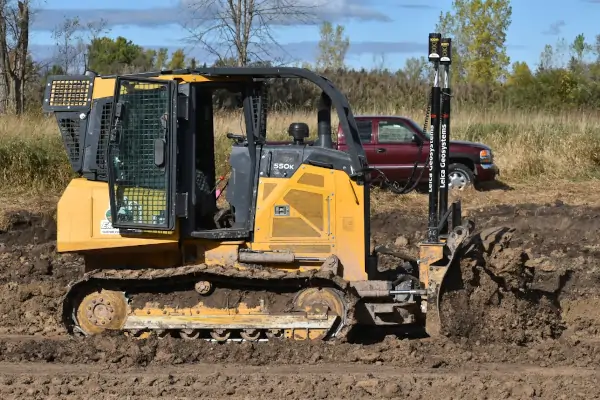
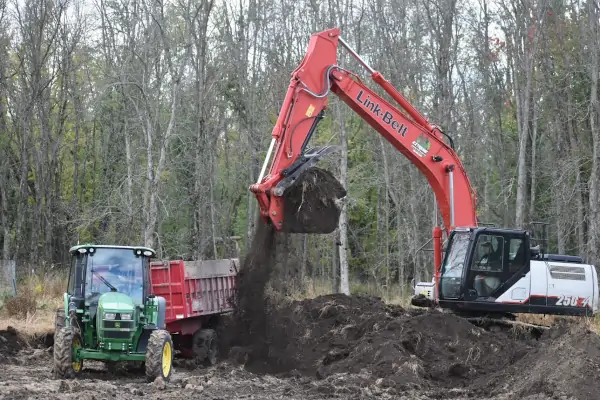
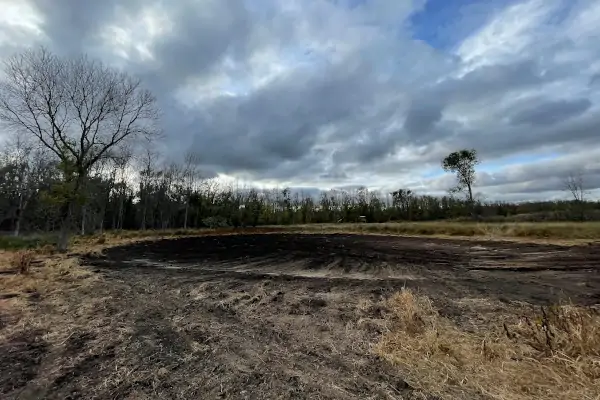
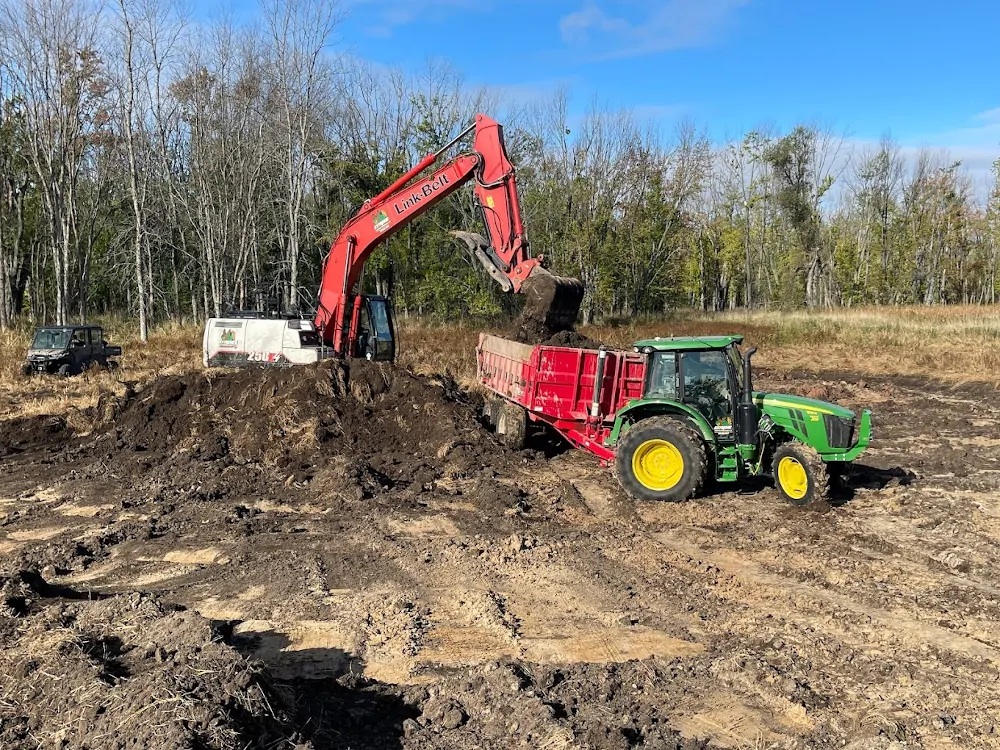
• You will need a digger capable of re-profiling and land forming soil, additional construction equipment to relocate the spoilings.
• The best time of the year to create a scrape is October.
• Your scrape should be shallow (less than 4 ft deep) but not a uniform depth all over.
• Create a varied shoreline of splits and bays, some with shallower sides and some deeper sides.
• Broad marshy areas around edges attract more wildlife.
• A scrape with uneven edges is better than a round or oval scrape as it provides more edge habitats. If you mow your fields, a simple shape for your water scrape may be best.
Often times, yes you can! Funds are often available through: Local projects run by Wildlife Trusts and NRCS / Land & Water. Wildlife scrapes can help to create additional flood water reserves in floodplains, so your project may be eligible for natural flood management grants.
